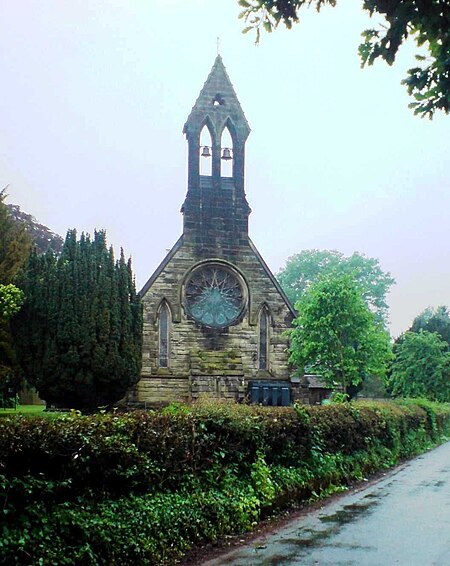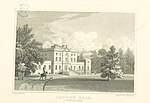Salt, Staffordshire

Salt is a village in the Borough of Stafford in Staffordshire, England. It is three miles northeast of Stafford situated half a mile southwest of the A51 trunk road and lying on elevated ground above the western side of the Trent valley. Population details as taken under the 2011 census are found under Seighford. The village has an ancient public house with a thatched roof, The Hollybush Inn, dating from the 17th century, reputedly much older, and a village hall. The village church is dedicated to St James the Great and was built on land donated by the Earl of Shrewsbury and largely paid for by him. It has a large circular stained glass east window, an unusually tall south porch and an open stone bell turret mounted at the east end of the church hung with two bells. The impressive wood rood screen was designed by Augustus Pugin. The village lies less than a mile to the north of Hopton Heath, which was a significant battlefield (Battle of Hopton Heath) in the English Civil War where in 1643 Parliamentarian forces were defeated by Royalists under Spencer Compton, who died there.
Excerpt from the Wikipedia article Salt, Staffordshire (License: CC BY-SA 3.0, Authors, Images).Salt, Staffordshire
Hill Rise,
Geographical coordinates (GPS) Address Nearby Places Show on map
Geographical coordinates (GPS)
| Latitude | Longitude |
|---|---|
| N 52.847777777778 ° | E -2.0666666666667 ° |
Address
Hill Rise
Hill Rise
ST18 0BE , Salt and Enson
England, United Kingdom
Open on Google Maps







